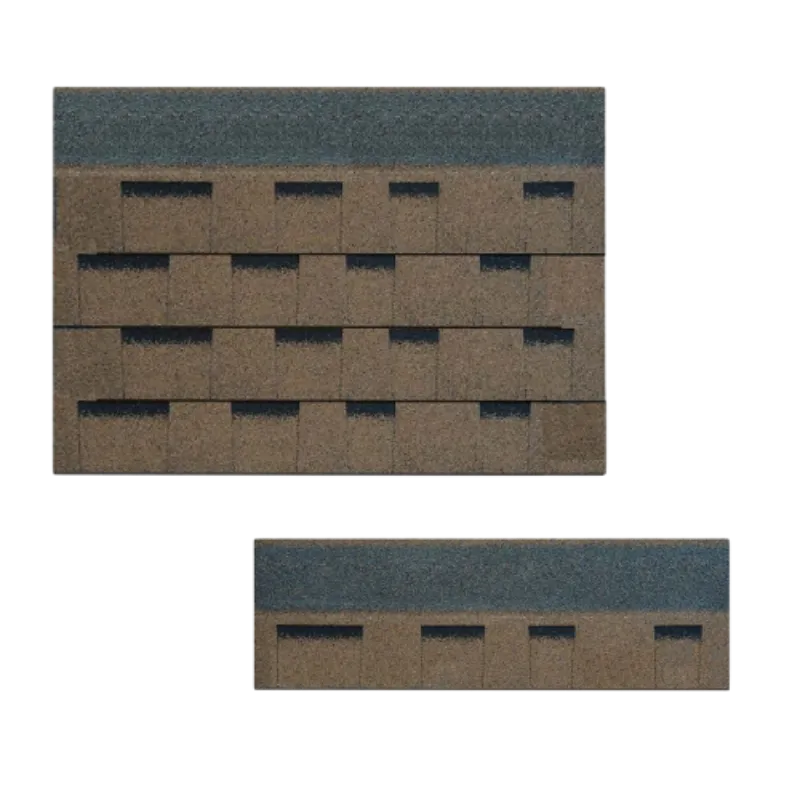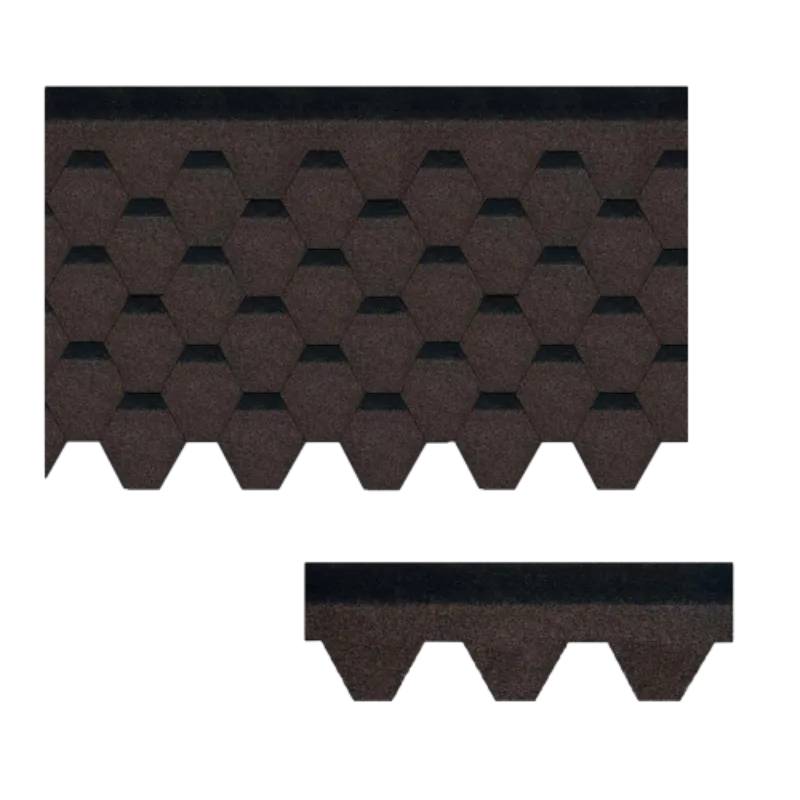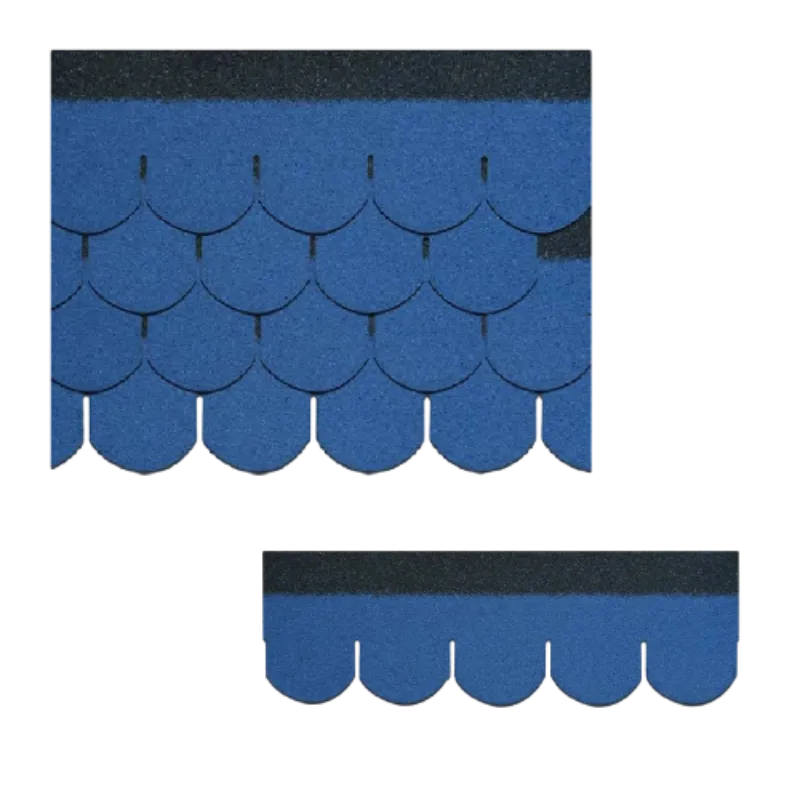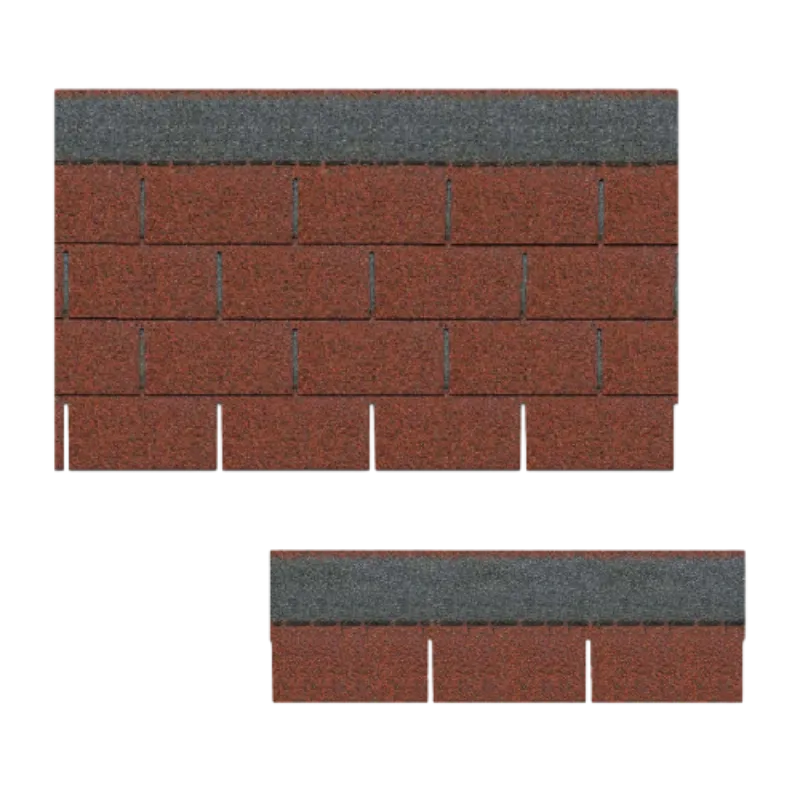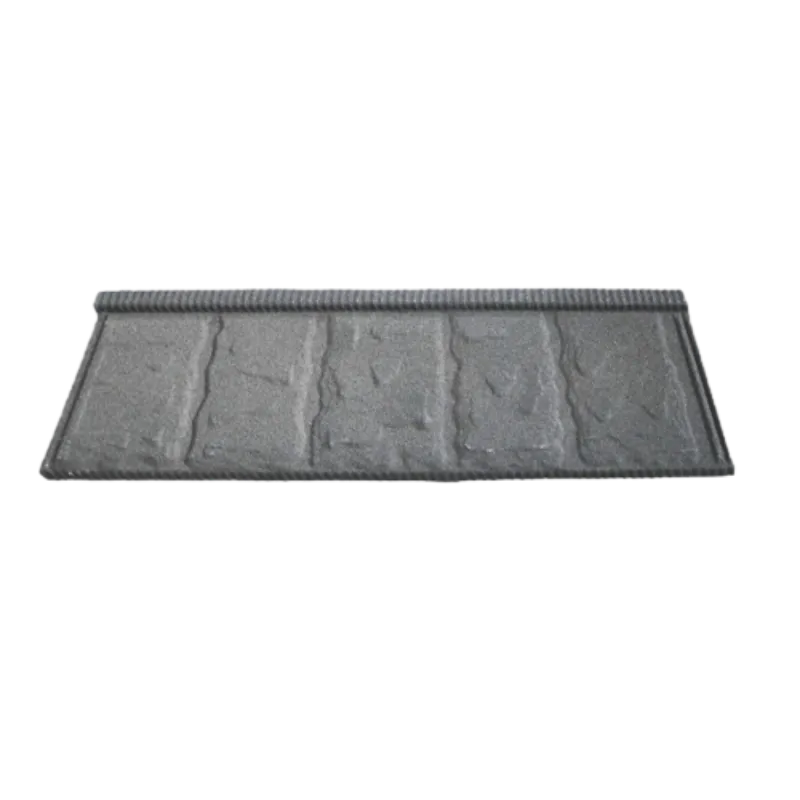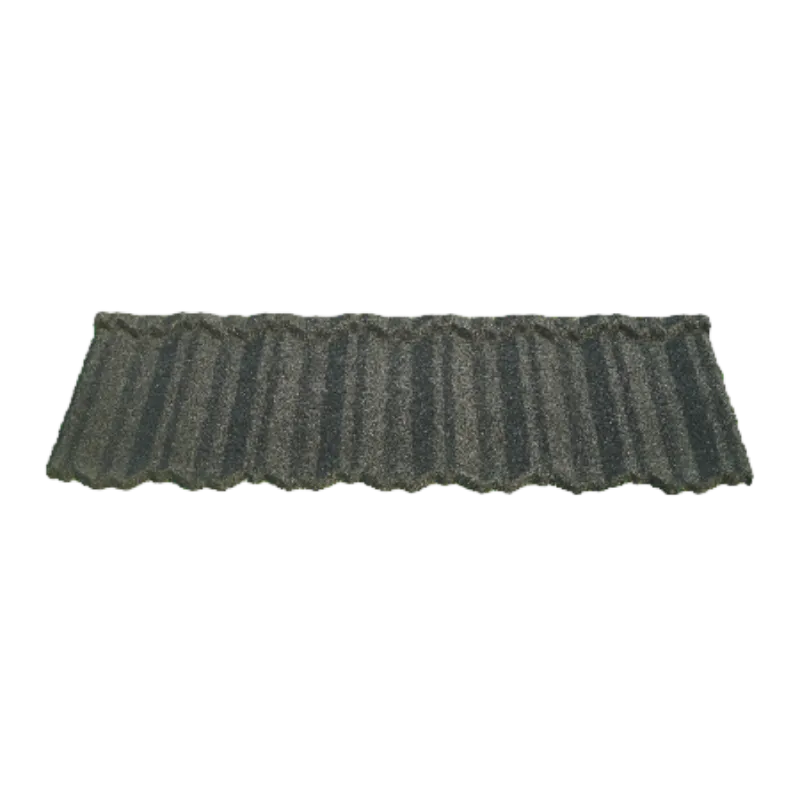
loka . 12, 2024 00:34 Back to list
Exploring the Aesthetic and Functional Benefits of Roof Mud Tiles in Modern Architecture
The Evolution and Benefits of Roof Mud Tiles
Throughout history, human beings have always sought effective solutions for shelter and protection against the elements. One of the most intriguing materials used in roofing is mud tile, a traditional yet remarkably resilient option that has withstood the test of time. Roof mud tiles, often made from clay or earth mixed with water, have been employed in various cultures and regions, differing in design, function, and aesthetic appeal. This article delves into the evolution, production, benefits, and sustainable nature of roof mud tiles.
Historical Perspective
Historically, mud tiles can be traced back to ancient civilizations, particularly in regions with abundant clay resources. The Mesopotamians, for example, utilized mud bricks for construction as early as 4000 BC, and this practice eventually extended to roofing. In Asia, countries like China and India incorporated mud tiles into their architectural styles. The Spanish and Portuguese also embraced mud tiles, leading to the creation of the iconic Spanish tile that many people associate with Mediterranean architecture today.
Roof mud tiles were predominantly handmade, showcasing intricate craftsmanship that reflected cultural styles and local traditions. Over time, the introduction of industrial processes increased their production efficiency, allowing for a broader distribution while still maintaining the quintessential charm of handmade tiles.
Production Process
The production of roof mud tiles can be broken down into several key steps. First, raw materials, typically clay or a mixture of clay and other natural substances, are sourced. This clay is then mixed with water to achieve a workable consistency. The mixture is formed into shapes, often using molds or by hand, before being left to dry.
Once dried, the tiles are fired in a kiln to harden them and enhance their durability. The firing process is crucial, as it helps achieve the necessary strength to withstand harsh weather conditions. After firing, tiles can be glazed or left unglazed, depending on the desired aesthetic and functional qualities. Various pigments can also be added to create different colors and patterns.
roof mud tiles
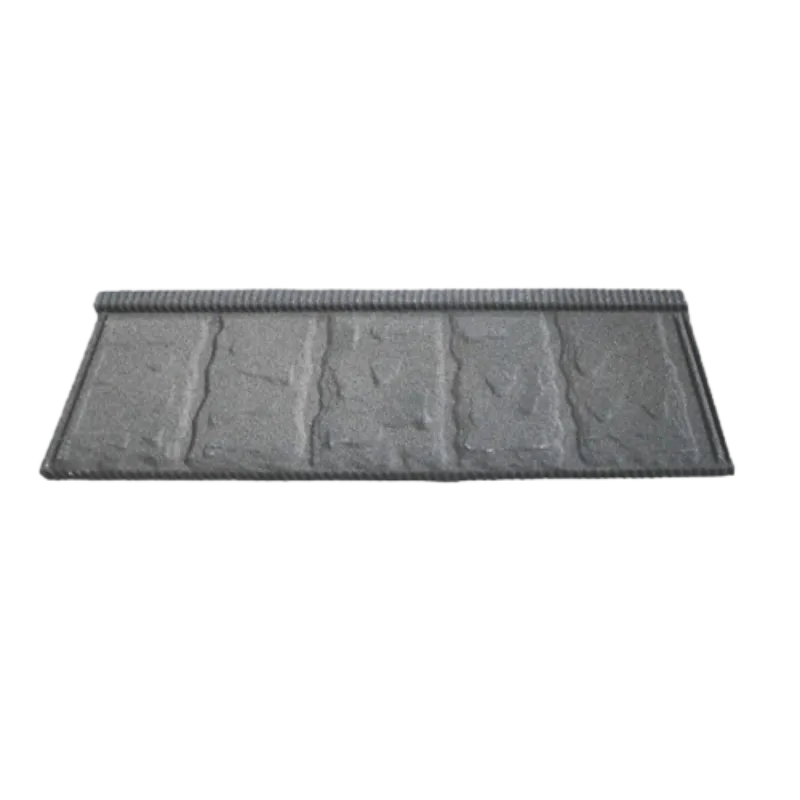
Benefits of Mud Tiles
1. Eco-Friendly Roof mud tiles offer a sustainable roofing solution since they are made from natural materials. Their production does not involve significant carbon emissions compared to synthetic roofing materials. Once the tiles reach the end of their lifespan, they can be left to decompose naturally without harming the environment.
2. Thermal Insulation One of the most significant advantages of mud tiles is their excellent thermal insulation properties. They help regulate indoor temperatures, keeping homes cooler in the summer and warmer in the winter. This not only enhances comfort but also reduces energy costs associated with heating and cooling.
3. Durability and Longevity When properly installed, roof mud tiles can last for several decades, making them a cost-effective option in the long run. Their ability to resist fire, moisture, and UV rays contributes to their longevity. Many historic buildings featuring mud tiles still stand strong today, a testament to their durability.
4. Aesthetic Appeal Roof mud tiles add a unique charm and character to buildings. Their earthy tones blend harmoniously with various architectural styles, from rustic countryside homes to grand historical structures. Homeowners often appreciate the authenticity and craftsmanship represented by mud tiles.
5. Low Maintenance Unlike certain modern roofing materials that require frequent repairs or replacements, roof mud tiles demand minimal maintenance. Regular inspections can help identify issues, but overall, mud tiles are resilient enough to withstand the elements without significant wear over time.
Conclusion
In an era where sustainability and eco-friendly practices are gaining traction, roof mud tiles present a time-tested solution for those looking to combine aesthetics with functionality. Their historical significance, coupled with numerous benefits, makes them an appealing choice for modern architecture. As we continue to address environmental concerns, returning to traditional materials like roof mud tiles may prove to be not just a nod to our past, but a wise decision for the future of construction. With their durability, thermal efficiency, and natural beauty, mud tiles could be the roof of choice for environmentally conscious homeowners.
-
Rubber Roofing Shingles - Durable & Weatherproof SBS Rubber Asphalt Shingles for Homes & Businesses
NewsJul.08,2025
-
Crest Double Roman Roof Tiles – Durable, Stylish Roofing Solution at Competitive Prices
NewsJul.08,2025
-
T Lock Asphalt Shingles Durable Roofing Solution for Long-lasting Protection
NewsJul.08,2025
-
Top Stone Coated Metal Roofing Suppliers & Manufacturers Durable Stone Coated Metal Tile Solutions
NewsJul.07,2025
-
How Many Bundles of Asphalt Shingles in a Square? Fast Roofing Guide & Tips
NewsJul.07,2025
-
How Long Should a Cedar Shake Roof Last? Expert Guide & Replacement Options
NewsJul.06,2025


